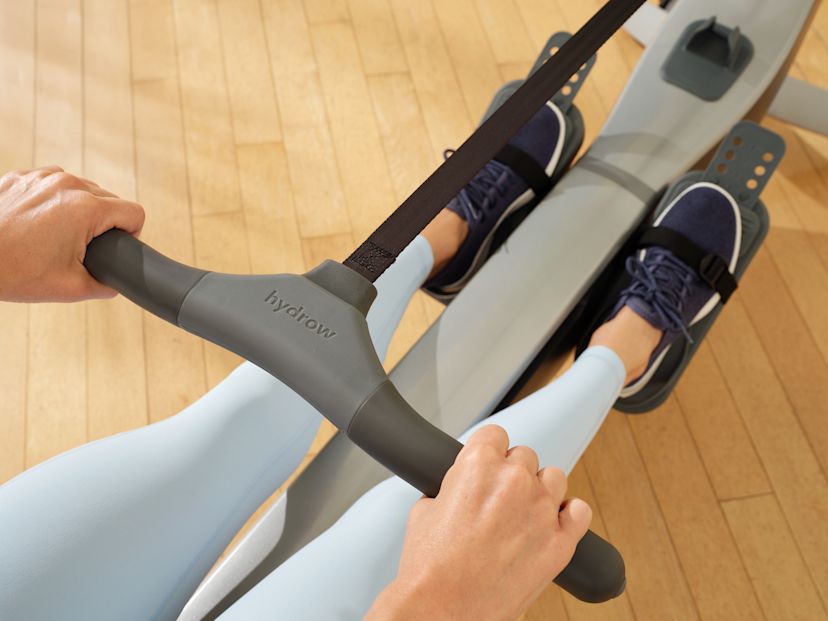Does Rowing Make You a Better Swimmer? Your Guide to Cross-Training
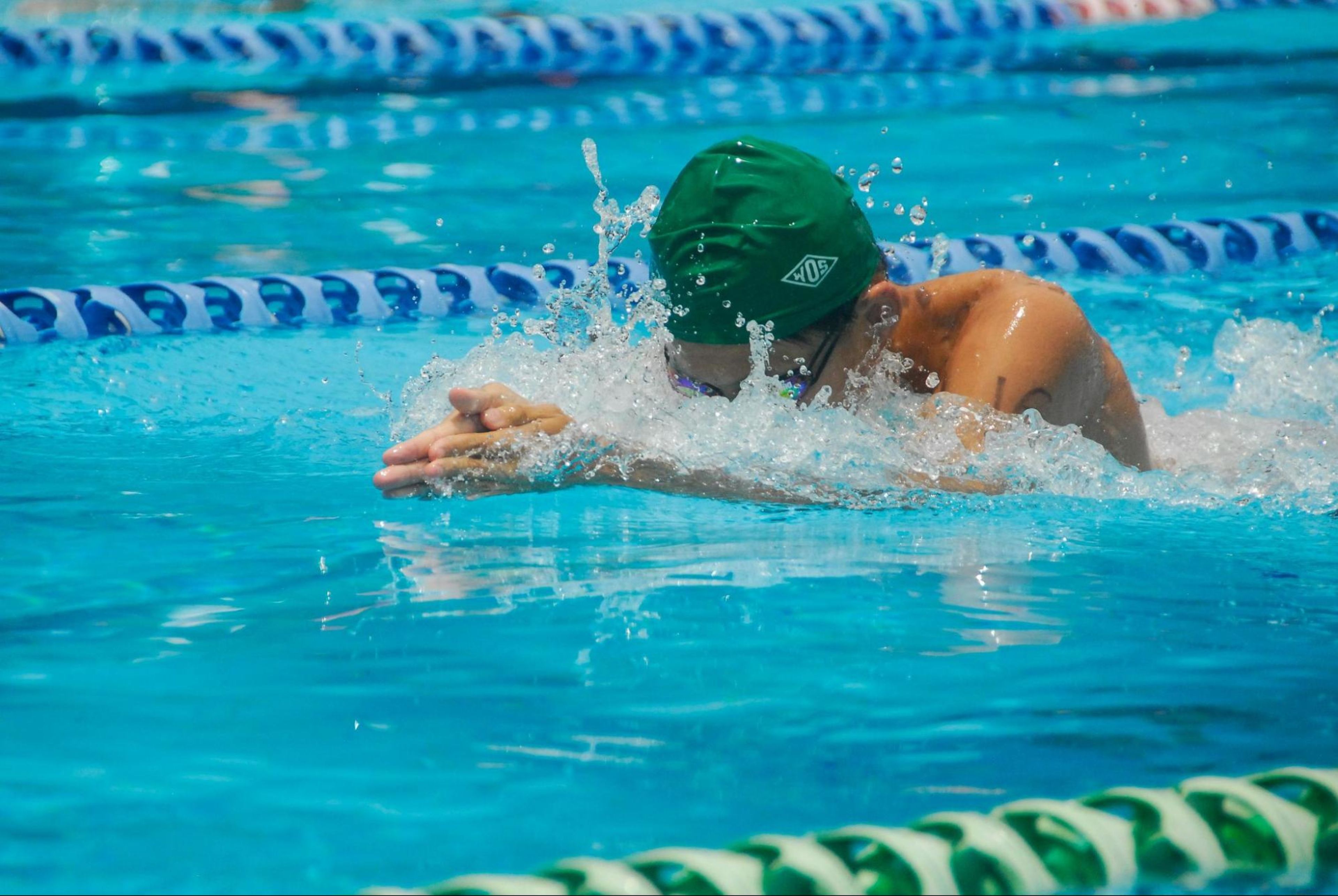
As a swimmer, you’ve likely heard about the many benefits of cross-training, from enhancing your performance to preventing injuries and maintaining your motivation. But if you’re looking to up your cross-training game, you may be wondering which pieces of fitness equipment will best translate to gains in the pool—and whether a rowing machine specifically can make you a better swimmer.
In this blog, we’ll explore how cross-training with rowing and swimming can improve your performance, as well as share tips for seamlessly incorporating rowing into your swimming regimen.
Why cross-training with rowing and swimming can improve your performance
1. Rowing builds aerobic capacity
Swimming—especially over long distances or during extended training sessions—relies on aerobic energy to maintain consistent performance without getting tired. When you have a higher aerobic capacity, your body can more efficiently deliver oxygen to your muscles, improving both your stroke efficiency and overall speed.
Rowing is a full-body workout, which means it’s particularly taxing on your aerobic system. Because rowing workouts use more muscles, they will subsequently increase both your heart rate and your oxygen demand, helping to improve your cardiovascular fitness over time. By increasing your heart’s ability to pump blood and enhancing your endurance, rowing can help keep your body conditioned.
Regularly incorporating a cardio workout like rowing into your workout routine will also push your lungs to work at higher capacities—particularly during intense intervals—enhancing the amount of air your lungs can hold. Additionally, rowing can strengthen your respiratory muscles, making it easier to take deep, controlled breaths.
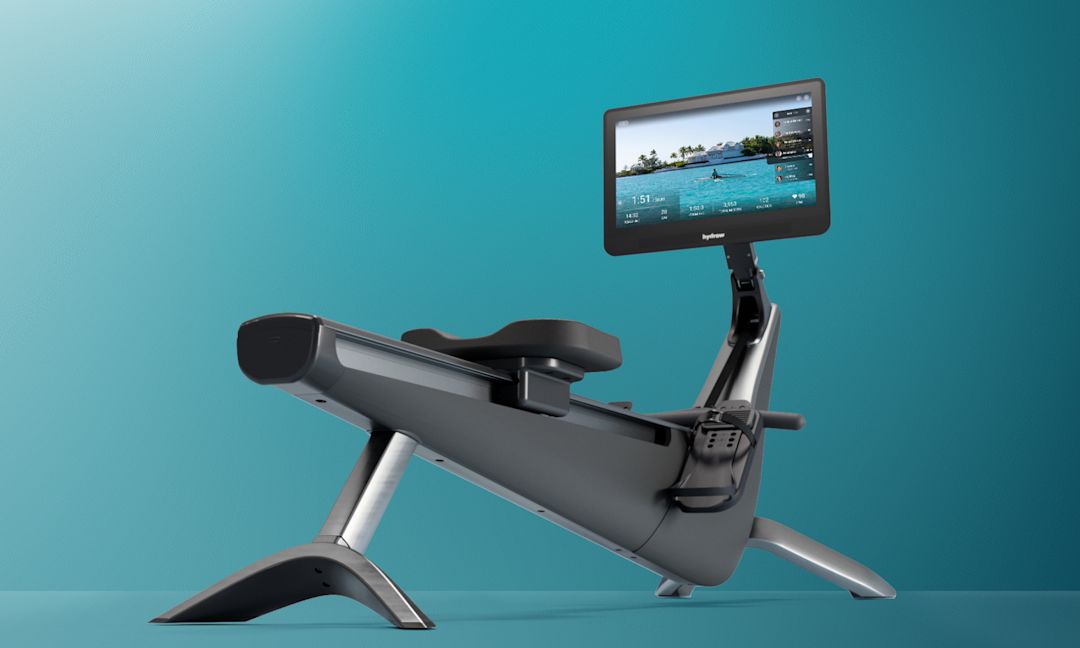
Holiday savings are here
Bring home our award-winning rowers at the best prices of the year.
2. Rowing boosts upper-body strength
Upper-body strength is key to maximizing your swimming workouts, helping to improve your stroke power, enhance your stroke efficiency, and improve the explosiveness of your starts and turns. As you pull the rowing handle toward your body and your chest, you’ll target muscles in your biceps, lats, rhomboids, traps, deltoids, forearms, and triceps—all of which are crucial to swim performance.
3. Rowing strengthens your legs
Don’t forget the legs! Many people incorrectly assume that rowing is solely an upper-body workout, but in actual fact, the leg muscles are responsible for most of the drive part of the rowing stroke, resulting in some serious burn in your glutes, quads, calves, and hamstrings. Focusing on strengthening your legs can contribute to more powerful starts and turns, enhanced kicking efficiency, and your ability to stay horizontal and streamlined as you swim.
Related blog: The 15 Best Strength Training Exercises for Swimmers
4. Rowing is low-impact and joint-friendly
As a swimmer, you’re no stranger to the benefits of low-impact workouts, including reducing the stress on your joints and avoiding potential injuries more commonly associated with higher-impact activities like running. If you want to continue down your low-impact lane, a rowing machine is a great way to get in a high-intensity workout without putting undue strain on your joints.
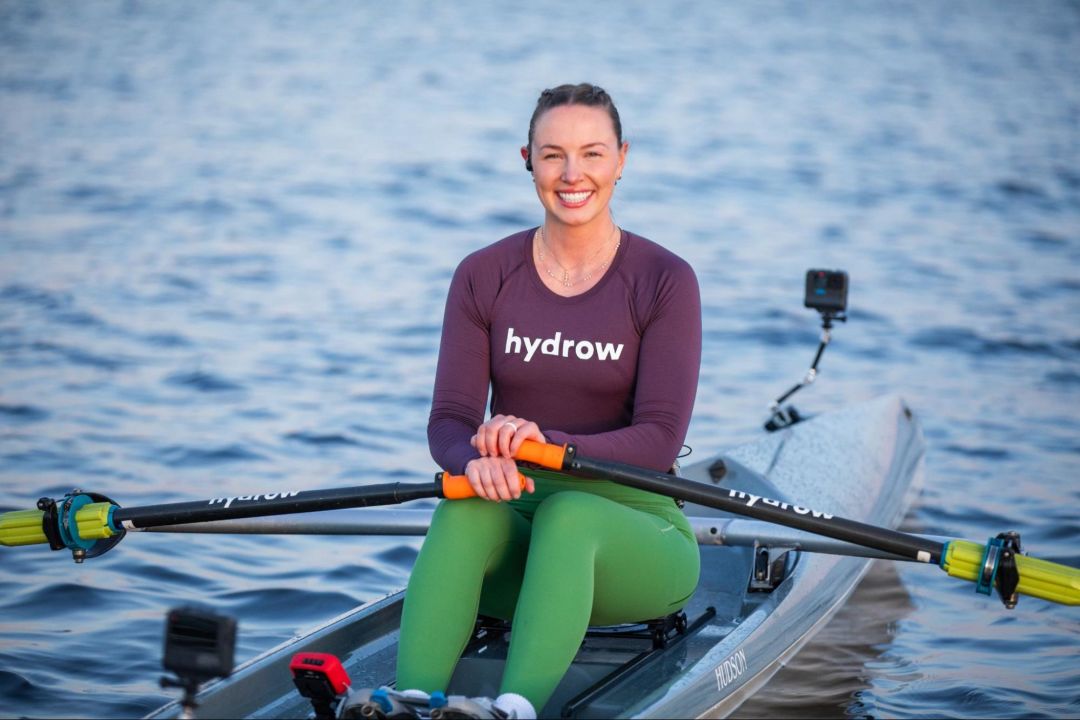
Did you know?
Over 90% of Hydrow members are still active one year later.
5. Rowing improves coordination between your upper and lower body
Both swimming and rowing require precisely timed and executed movements to complete strokes. Because the stroke mechanics of rowing involve the coordination of your upper and lower body, focusing on your timing and coordination could be transferable skills to your swimming strokes.
How to cross-train with rowing and swimming
If you’ve decided to mix up your swimming routine with some rowing machine workouts, there are a couple types of rowing workouts that could be particularly beneficial to your swim game:
Steady-state cardio: Steady-state rowing workouts help improve cardiovascular endurance, allowing you to stay energized longer without getting fatigued.
Interval training: High-intensity interval training (HIIT) rowing workouts entail short sprints followed by rest, helping you boost your power and endurance and sustain higher-intensity efforts for longer periods of time without getting tired.
Another great thing about rowing is that you don’t need to log an hour on your machine to experience the benefits. Even just 20 minutes a day can help you improve your fitness!
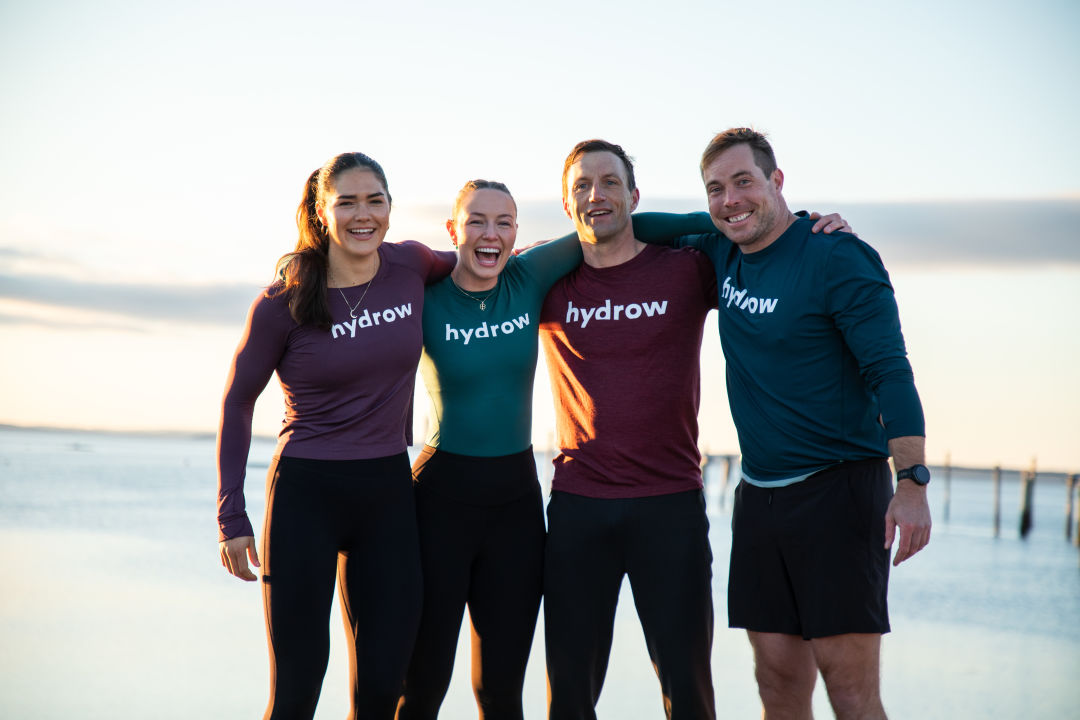
Explore Hydrow’s library of 5,000+ rowing, circuit training, yoga, Pilates, and mobility workouts.
Start cross-training with a Hydrow rowing machine
Whether you’re a casual swimmer or a competitive racer, cross-training with rowing for swimming can be a great way to improve your endurance and strength while avoiding injuries when out of the pool. If you’re considering adding a rowing machine to your home, Hydrow brings more than just equipment—it brings total-body results and intelligent training.
Each stroke works 86% of your muscles, delivering an efficient, immersive workout—and with real-time feedback and personalized scores, Hydrow helps you help you row smarter, build strength, and stay motivated. Just 20 minutes a day is all it takes to move with purpose, boost energy, and see results that last.
Hydrow’s workouts are led by world-class and Olympic Athletes and filmed on real water in beautiful locations around the world. Whether you’re rowing or cross-training with yoga, Pilates, strength, mobility, or circuit workouts, you’ll find movement that motivates—and keeps you coming back.
Ready to train smarter? Explore what Hydrow can do for you.

Real strength keeps moving
Learn how working out with Hydrow can help support a fuller, more active life.




